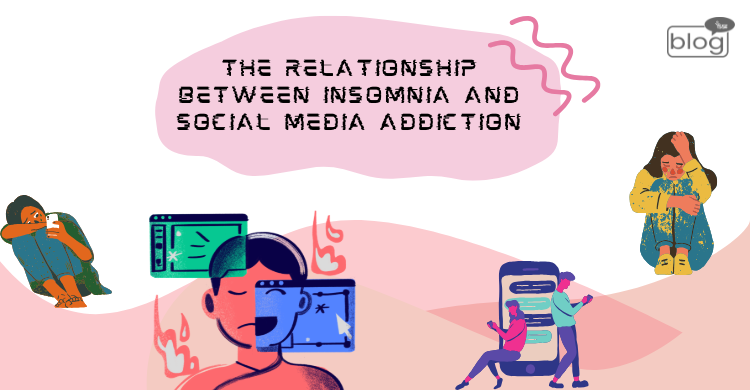Today, youth are dealing with various psychological issues. Insomnia is the most common problem they are facing. One thing that is associated with many psychological issues, including insomnia, is social media. Social media is an integral part of life in today’s digital age. Social media offers numerous opportunities like staying connected, entertainment, and networking. On the other hand, excessive use can lead to negative consequences like insomnia. This public health concern is linked to social media addiction and leads to sleep deprivation and digital dependency.
The science behind sleep disruption
The human body has a natural sleep-wake cycle called the circadian rhythm. This cycle is regulated by external causes like light exposure. The blue light emitting from smartphones and other digital screens disrupts melatonin production. The melatonin hormone is responsible for sleep-inducing. The disruption reduces the sleep quality, making it harder to sleep.
When we engage with stimulating content like scrolling, watching videos, or texting, our brain stays in a state of heightened alertness. This stimulation makes it harder to achieve deep and restorative sleep.
The social media-insomnia feedback loop
Social media addiction and insomnia often create a harmful loop, feeding into each other. When someone finds it difficult to sleep, they turn to social media as a distraction. This exposes them to the blue light even more and engages them in even more stimulating content. Over time, this becomes a loop where insufficient sleep causes anxiety and stress, and individuals turn to social media as a coping mechanism.
Social media platforms are designed to create prolonged engagement. Features like endless scrolling, push notifications, and instant gratification make it hard to disengage. These compulsive behaviors lead to more mental health issues like anxiety and depression. Which eventually exacerbates insomnia.
The psychological impact
Apart from the physiological impact, social media addiction takes a psychological toll, eventually leading to sleep deprivation. The phenomena like fear of missing out (FOMO), cyberbullying, and exposure to unrealistic portrayals of life can lead to anxiety and stress. The constant urge to check notifications and engage in social media conversation keeps the mind active and makes it harder to relax before bedtime.
Studies show that those who spend excessive time on social media are more likely to experience sleep disturbances, nightmares, and difficulty maintaining a consistent sleep schedule. The emotional and cognitive stimulation from social media disturbs the usual mind relaxation.
Breaking the cycle: healthy digital habits
A proactive approach to digital consumption is required to address insomnia associated with social media addiction. Here are some strategies to break the cycle:
Set screen time limits: Monitor and limit daily social media consumption with the help of built-in settings and apps.
Establish a digital curfew: Avoid using any digital screen at least an hour before going to bed. This will help to produce melatonin naturally.
Create a relaxing bedtime routine: Engage in relaxing activities like reading, meditation, and listening to music. Such activities will signal the brain cells to calm and relax.
Use night mode or blue light filters: Even if you need to use screens past bedtime, you can use night mode or blue light filters on your device. This would reduce the impact on melatonin production.
Practice mindfulness and stress management: Some practices like journaling, painting, and deep breathing can help manage stress and train the mind to stay relaxed.
Social media is an essential part of our lives, but it can have some diverse effects on our sleep health. Once one sees the link between social media addiction and sleep health, they can take measures to limit the effects. The balance between online activity and restful sleep is crucial for general health, performance, and mental clarity. Not only a lifestyle decision, but a need for living a better life is setting sleep above screen time.
To read more blogs, click here.
Writer
Zabin Tasmin
Intern, Content Writing Department
YSSE

